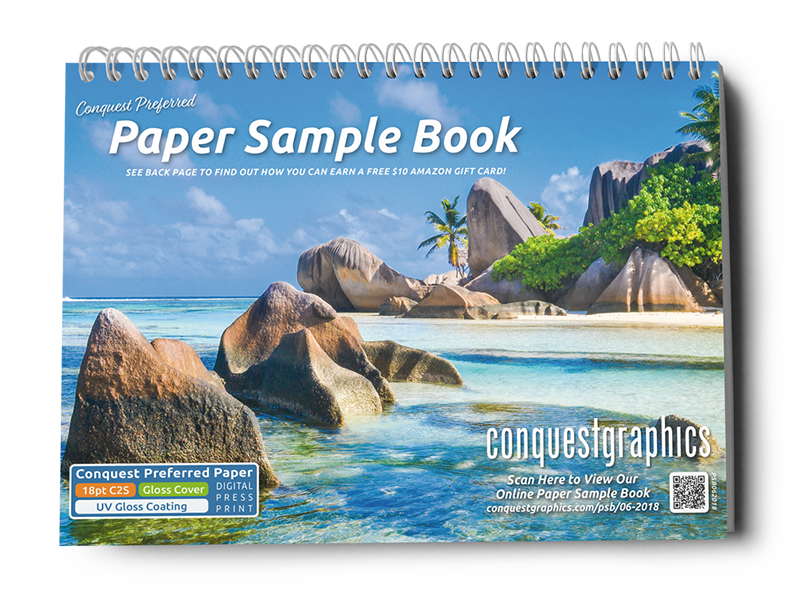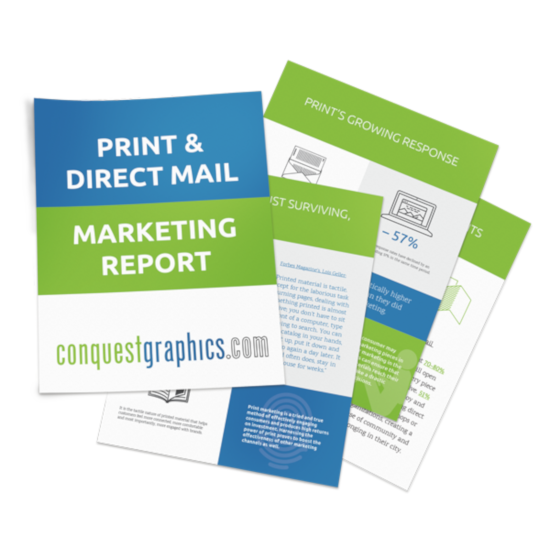
What is it about a tangible printed page that allows its contents to be remembered more easily than the same information on a digital medium?
Whether it’s the nature of the medium or just the changing media consumption habits of new generations, a surprising “digital-age” trend has emerged that the USPS documented at length in a June 2015 report that uses psychological and neurological evidence to develop an answer.
The study has been cited hundreds of times by members of the print industry to emphasize the importance of continuing to have a presence in printed media. The findings of the study point to a continued need for marketers and publishers to stick with printed and mailed versions of their publications and marketing materials. Using neuroscience, the study took an in-depth look at the brain activity of subjects as they were reading content from either a digital or printed medium.
Researchers also timed the subjects to see how long they spent with each type of media.
In the USPS study, most participants chose to view the physical print ads for a longer period than their digital counterparts, but they were more focused on specific details in the digital ads such as price or time.
Using a follow-up quiz about the ad's information immediately after exposure, researchers found that people who viewed the printed version retained the same amount of information as the people who viewed only the digital ad.
A week later, however, follow-up testing showed that subjects retained the information from the print ad better than that of the digital ad. The neurological brain activity data allowed researchers to see the physical ads had an emotional and tactile association in most participants' minds, which may have been what allowed them to more quickly and confidently remember the physical ads than digital ads.
These findings from the USPS study present marketers and publishers with some pretty important clues that should be used to strategize how they will approach various audiences differently on their digital and printed media channels.
For example, a company trying to reach busy consumers who only have about 10-20 seconds to look at their advertisement should choose digital advertising streams to reach them, so long as they emphasize the gist of their marketing message in a prominent place in the design so viewers will remember that as a detail.
But if a brand wants to reach people so that they remember as many things as possible from a list of details about a given product, a print advertisement explaining all those things might be necessary.

Although participants stated similar preferences and willingness to pay for an item regardless of whether they saw the ad in a physical or digital format, their brain activity indicated greater subconscious value and desire for products or services advertised in a physical format.
Previous research indicated that activity in this portion of the brain (the ventral striatum) was responsible for valuation and desirability and was a strong predictor of positive purchasing decisions.
Remembering this kind of essential information down to the tiny details is ultimately of critical importance in making sure the customer chooses your product or service when the buying decision finally comes.
The USPS study helped provide the evidence needed to more accurately align the supply and demand for EDDM and saturation mail. But it’s been a little over three years since this study was originally published. That’s a huge amount of time in tech years!
Technologies have advanced at exponential rates which has made digital outlets slightly more appealing and available for customers. While the USPS study’s data is still applicable and important to take into account, it’s necessary to look to newer studies to see what’s new regarding customer sentiment towards print.
More recently, an international study in 2017 gathered data about people’s attitudes and behaviors when interacting with print and other media.
To read the report’s evidence backing each of the following conclusions, click on the headings to expand:
The research examines reading preferences for different forms of communications and the results indicate that consumers prefer to read the printed version of books (72%), magazines (72%) and newspapers/news (55%) over digital options. Many respondents also indicated that reading in print is more enjoyable than reading electronically. However, communications from banks, energy, utility and telecommunications providers see an average preference for print of just 33%.
More consumers believe they gain a deeper understanding of the story when read from print media (65%) over online news sources (49%). In addition, consumers also trust the stories read in printed newspapers (51%) more than stories found on social media (24%). A majority of consumers (76%) also indicated they are concerned about the trend of “fake news”.
When questioning reading habits in print or digital, many respondents indicated that the amount of time spent reading a book (45%), magazine (63%) or newspaper (61%) is less now than in the past. However, when consumers are reading magazines or books, they will tend to read the printed versions more regularly (48% magazines, 54% books). When consuming news media, 76% read news on a digital device regularly and 50% plan to read more news online in the future.
52% agreed that they spend too much time on electronic devices and 53% are concerned that the overuse of electronic devices could be damaging to their health (eyestrain, sleep deprivation, headaches). A further one third agree they are suffering from “digital overload”.
Advertising and marketing communication preferences were also examined with the results indicating that 52% prefer to read product catalogs in print and on average, 45% of consumers agree that they like receiving personally-addressed advertising mail and printed leaflets delivered to their home, with 46% paying attention to them.
The tendency to consume information from printed leaflets, unaddressed mail as well as direct advertising mail is higher (56%) than marketing emails (49%).
The results indicate 46% would be more likely to take an action after seeing an advertisement in a printed newspaper or magazine than they would if they saw the same ad online.
The results reveal that many consumers do not pay attention (68%) to online advertisements and 57% do their best to avoid them. A majority (60%) agreed they can’t remember the last time they willingly clicked an online advertisement.
The final part of the survey examines the drive to digital-only communications. Findings indicate that 89% of consumers believe that they should have the right to choose how they receive communications (printed or electronically), at no extra charge, from financial organizations and service providers.
71% of consumers have privacy concerns with personal information being held electronically, with 73% believing that keeping hard copies at home is a safe and more secure way of storing information.
The conclusions that can be gathered from this study are extremely important for any marketer to know as they help to characterize today’s media-consuming audiences and build off the USPS data by adding in the preferences and opinions of audiences.
Combining both of these recent studies’ findings provides a pretty good overview of the psychological implications of publishing content in either printed or digital forms.
When you need to print to reach your business goals, Conquest Graphics offers some of the cheapest options available for a wide variety of products:









